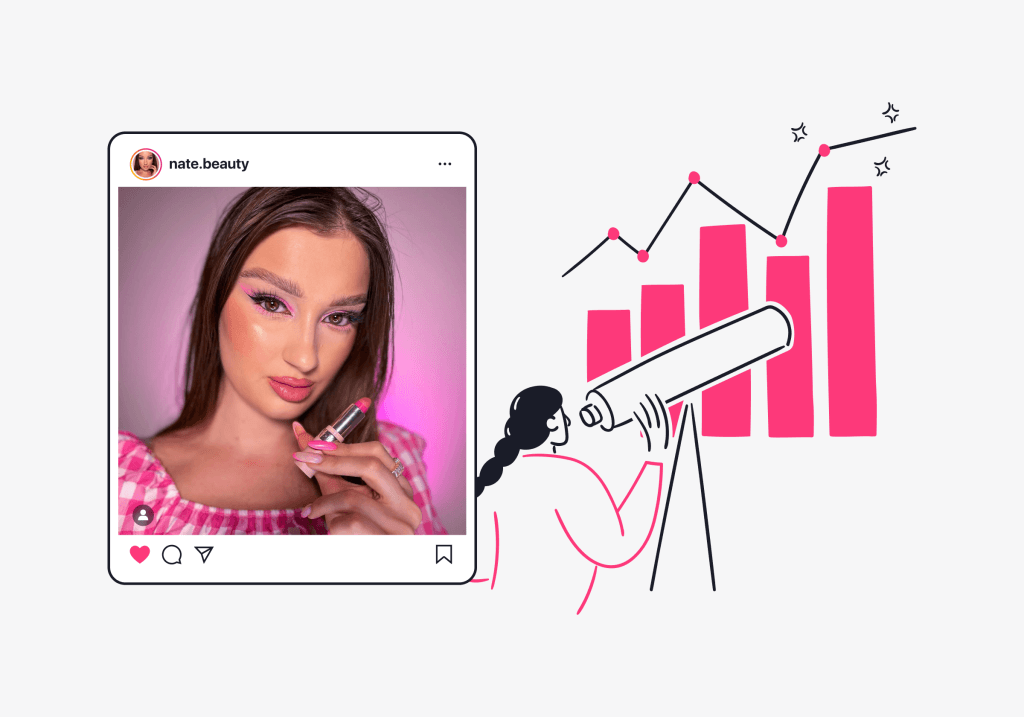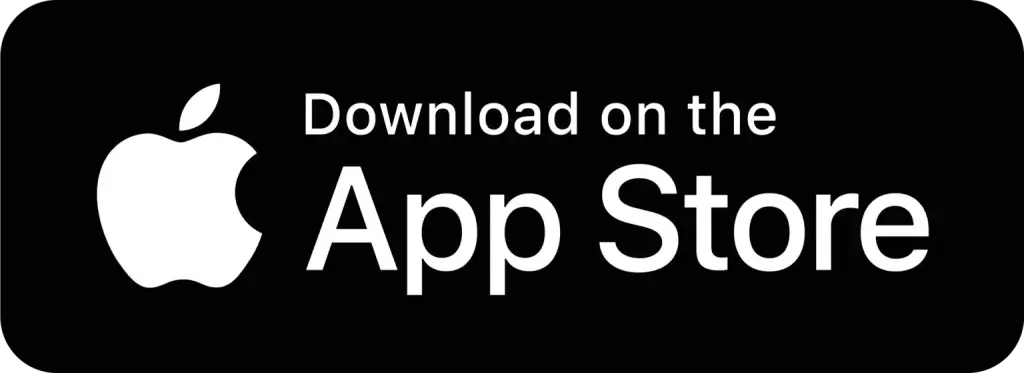South Africa
Smartphone penetration is a key factor in the success of the sector as South Africa has leapfrogged many other markets and resulting in over-indexing against global stats.
The average South African spends more time on social media than the global average making it a significant player in influencer marketing. In fact, social networks are second only to direct search as a means of purchasing research.
As a result, almost every sector of consumer good is ripe for an influencer-led approach. However, influencers still rely quite heavily on still imagery rather than video at this stage of development.
This contrasts markedly from markets like the UK where easy access to software and tools mean that most people can create content that rivals big creative agencies just using their phones. As a result, video seeding or creation by influencers is a growing area of business.
Video seeded via influencers can outperform a brand’s own channels on engagement rates by 4-11%.
Such is the demand for influencer generated content (IGC) we are seeing clients run campaigns with a CPCon (Cost Per Content) model and using the content produced for both on and offline campaigns and within a programmatic strategy.
APAC
While FMCG brands were first to embrace influencer marketing, certain regions have seen a notable opportunity for more conservative brands to use social media. In Germany, tight regulation around pharmaceutical advertising can make it a challenge to convey the benefits of over the counter medicines. With companies like indaHash, clients can use influencers in marketing campaigns while directly monitoring engagement and comments to ensure they are able to communicate with audiences and move quickly to redress inaccuracies or reassure consumers.
In Singapore, banking and insurance are set to be also important players in the sector. The average consumer there has six credit cards and as such competition for cut-through among providers is fierce. Influencers provide a great platform for financial services brands to differentiate themselves and convey the features and benefits directly to their target audience.
Asia Pacific, together with Africa, has one of the highest birth rates in the world and as a result parenting brands use influencers to reach the hard to reach new mothers’ audience.
Economic, demographic and cultural nuances can affect how and when brands should deploy influencer marketing. However, regardless of geography, we see a global trend towards brands seeking to engage with audiences via social media. This is due to the high engagement rates for such campaigns, especially with the mid-tier “power users” of the internet with audiences from 1,000 to 100,000. Consumer attention is shifting away from traditional media towards digital channels.
For many clients, influencer marketing can fit on any media plan as a more organic, authentic way to get their comms or content out there where the audience is already in place. The influencers indaHash works with enjoy tight-knit followings around shared passions and interests. As a result, they have a high degree of trust from their audience and so are a powerful platform for authentic brand communications – across the world.
Author: Barbara Soltysinska, CEO and founder at indHash
This article originally appeared at PerformanceIN





